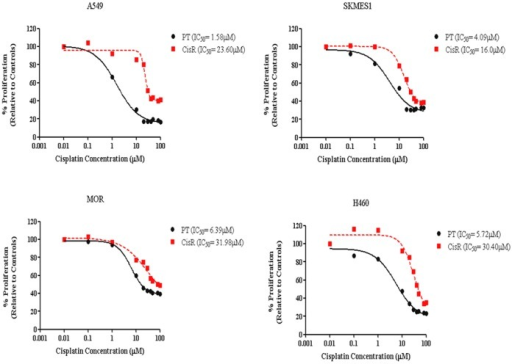
You should also use media that is devoid of phenol red as phenol red can interfere with the absorbance reading.

This includes the MTS reagent, phenazine methyl sulphate (PMS) or phenazine ethyl sulphate (PES). Most of the reagents used in the assay are sensitive to light and need to be protected from it. STEP THREE: Store and use reagents properly To make things easy, I have optimized the cell number across every cell line and tabulated it as follows:įigure 2. Different cells grow at different rates, for example, aggressive cancer cell lines like the B16 F10 mouse melanoma cells grow very quickly and have a doubling time of a few hours, whereas immune cells, like dendritic cells, take a relatively long time to grow and may even take a day to double. Remember: the number is not constant across cell lines. One of the most common mistakes that everyone makes is ignoring the number of cells plated in each well. STEP ONE: Always keep an eye on the count!

(Well, I learnt it the hard way and had to struggle with it for one whole month to master it! Haha!)īut trust me, once you follow all the steps to the book then I guarantee fantastic results! Below are five steps that I have found to be the most crucial (since I work mainly on cancer therapeutics this article focuses on cancer and immune cell lines of both mouse and human origin). However, it is only an easy assay to master if you perform it carefully, paying attention to every step in detail. This chromogenic assay is extremely dependable for assessing the effects of a drug on different cell lines. The MTS cell viability assay is one of the most important yet often daunting assays to perform for researchers in cancer biology, immunology, drug delivery pharmacy, etc.


 0 kommentar(er)
0 kommentar(er)
